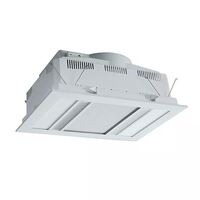
Martec Phoenix 3-in-1 Fan, Heater, Light & Exhaust White
Model # MBHP1000W
Model #
MBHP1000W
$324.50 $295.00 ex GST
Download the MJS App today and get everything you need at your fingertips



Need Help?
Need Help?

Martec Phoenix 3-in-1 Fan, Heater, Light & Exhaust White
Model # MBHP1000W
Model #
MBHP1000W
$324.50 $295.00 ex GST
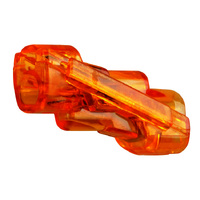
IDEAL Spliceline 2-Port Inline Connector (100 Jar)
Model # 30-1142J
Model #
30-1142J
$38.50 $35.00 ex GST
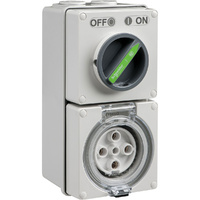
Clipsal Easy56 Round 5 Pin 32A Switched Socket
Model # EY56C532
Model #
EY56C532
$134.50 $122.27 ex GST
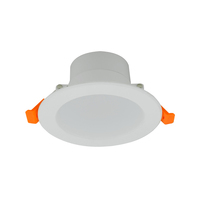
Tradelike BUDDY 10W Non-Dimmable LED Downlight Kit 4000K
Model # TLBU4010W
Model #
TLBU4010W
$4.95 $4.50 ex GST

Clipsal Wiser Smart Smoke Alarm with 10 Year Lithium Battery White
Model # CLP599WSAL
Model #
CLP599WSAL
$152.90 $139.00 ex GST
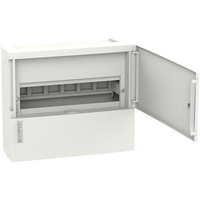
Clipsal Resi MAX 1 Row 12 Pole Surface Mount Switchboard
Model # RMXE112S
Model #
RMXE112S
$44.33 $40.30 ex GST
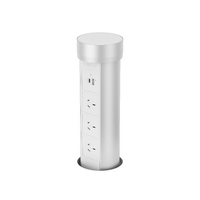
Point Pod Multi Pop Up Powerpoint 3 x Power 2 x USB Silver
Model # PPM01
Model #
PPM01
$490.50 $445.91 ex GST
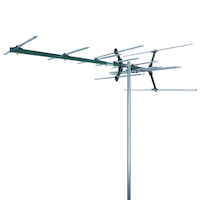
Matchmaster 03MM-DC21V Digital TV Antenna
Model # 03MM-DC21V
Model #
03MM-DC21V
$137.50 $125.00 ex GST
 Click here to see our huge range
Click here to see our huge range
 Product Filters
Product Filters

IMO Contact Block | 10A (AC21) - 6A (AC15) | 2 x NC | 230V AC (B4TU02)
Model # CT03C
Model #
CT03C
$17.60 $16.00 ex GST

IMO Emergency Stop Station | Twist Release | 1NO + 1NC | 40mm IP67 (BG10P34-11)
Model # PB15C
Model #
PB15C
$60.61 $55.10 ex GST

IMO Contact Block | 10A (AC21) - 6A (AC15) | 1NO + 1NC | 230V AC (B4TU11)
Model # CT01C
Model #
CT01C
$17.60 $16.00 ex GST

IMO Contact Block | 10A (AC21) - 6A (AC15) | 2 x NO | 230V AC (B4TU20)
Model # CT02C
Model #
CT02C
$17.60 $16.00 ex GST

IMO Contact Blocks with Panel Mount Collar | 1NO + 1NC (B3S+B3T10+B3T01)
Model # PB06C
Model #
PB06C
$19.25 $17.50 ex GST

IMO Emergency Stop Button | Key Release | IP65 (BS3P44S3)
Model # PB08C
Model #
PB08C
$59.40 $54.00 ex GST

IMO Emergency Stop Button | Momentary Action | IP67 (BS3P14RED-O)
Model # PB09C
Model #
PB09C
$17.05 $15.50 ex GST

IMO Emergency Stop Button | Pull Release | IP67 (BS3P45RED)
Model # PB07C
Model #
PB07C
$33.99 $30.90 ex GST

IMO Emergency Stop Button | Twist Release | IP67 (BS3P34RED-O)
Model # PB13C
Model #
PB13C
$24.31 $22.10 ex GST

IMO Emergency Stop Label for 22.5mm Pushbuttons (B3-7603-2)
Model # PB20C
Model #
PB20C
$8.47 $7.70 ex GST

IMO Emergency Stop Shroud Yellow for 22.5mm Pushbuttons (B3-SK-YELLOW)
Model # PB19C
Model #
PB19C
$25.30 $23.00 ex GST

IMO Emergency Stop Station | Foot/Palm Operated | Twist Release | 2NC | IP67 (BG
Model # PB17C
Model #
PB17C
$103.29 $93.90 ex GST

IMO Emergency Stop Station | Pull Release | 1NO + 1NC | 40mm IP67 (BG10P45-11)
Model # PB14C
Model #
PB14C
$85.03 $77.30 ex GST

IMO Pushbutton / Pilot Light Wrench 22mm
Model # PB31C
Model #
PB31C
$8.80 $8.00 ex GST

IMO Pushbutton Black | Momentary Action | 22.5mm IP67 (BS3DBLACK)
Model # PB01C
Model #
PB01C
$11.77 $10.70 ex GST

IMO Pushbutton Green | Momentary Action | 22.5mm IP67 (BS3DGREEN)
Model # PB02C
Model #
PB02C
$11.77 $10.70 ex GST

IMO Pushbutton Red | Momentary Action | 22.5mm IP67 (BS3DRED)
Model # PB03C
Model #
PB03C
$11.77 $10.70 ex GST

IMO Rotary Knob | 2 Position Maintained | 22.5mm IP65 (BS3KN9)
Model # PB04C
Model #
PB04C
$21.67 $19.70 ex GST

IMO Rotary Knob | 3 Position Maintained | 22.5mm IP65 (BS3KN3)
Model # PB05C
Model #
PB05C
$21.67 $19.70 ex GST

IMO Rotary Switch | Key Operated | 2 Position Maintained | 22.5mm IP65 (BS3SAR01
Model # PB10C
Model #
PB10C
$58.30 $53.00 ex GST

IMO Rotary Switch | Key Operated | 3 Position Maintained | 22.5mm IP65 (BS3SARR1
Model # PB11C
Model #
PB11C
$58.30 $53.00 ex GST




Add your favourites to cart

Select Afterpay at checkout

Log into or create your Afterpay account, with instant approval decision

Your purchase will be split into 4 payments, payable every 2 weeks
All you need to apply is to have a debit or credit card, to be over 18 years of age, and to be a resident of country offering Afterpay
Late fees and additional eligibility criteria apply. The first payment may be due at the time of purchase
For complete terms visit afterpay.com/terms